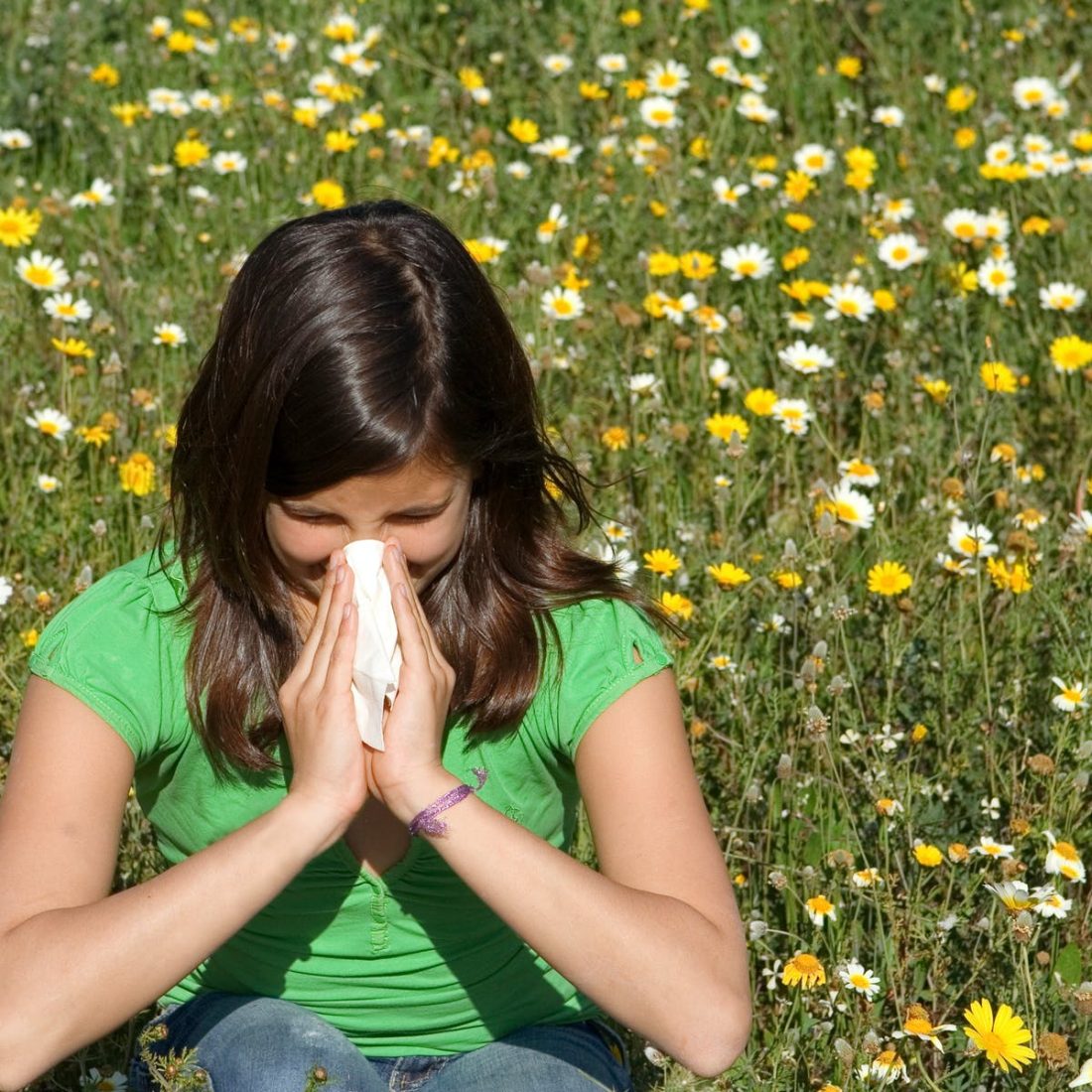Hay fever, also known as allergic rhinitis, is an allergic reaction that can be caused by indoor or outdoor allergens like dust mites, flecks of skin, and pet dander, but primarily pollen. The sufferer’s body releases certain antibodies once pollen comes into contact with their eyes, nose, mouth, or throat. The common symptoms associated with this condition include sneezing, congestion, sinus pressure, and watery, itchy eyes.

Besides making your child miserable, allergic rhinitis can negatively impact your child’s performance at school and their general life. However, you do not have to put up with all these annoying symptoms. Instead, you can learn the condition’s symptoms and triggers and decide on a suitable treatment. This post will discuss the symptoms and treatment of hay fever.
Symptoms
- Itchy nose, throat, or roof of the mouth
- Coughing and sneezing
- Allergic conjunctivitis (Itchy, watery, red eyes)
- Allergic shiners (Blueish and swollen skin under your child’s eyes)
- Nasal congestion and runny nose
- Fatigue
Seasonal Factors
The signs and symptoms of hay fever could be triggered or worsened during a certain period of the year. Such triggers include:
- Ragweed pollen – common during fall.
- Grass pollen – common during summer and late spring.
- Tree pollen – common during early spring.
- Dust mites, dander from pets, and cockroaches could be bothersome during the entire year (perennial). Symptoms that are triggered by dander could worsen during the winter when most houses are closed up.
- Spores from outdoor and indoor molds and fungi are considered both perennial and seasonal.
What Happens When Your Child is Exposed to these Allergens?
When your child has allergic rhinitis, the immune system detects harmless airborne substances as harmful. Consequently, the immune system releases antibodies to fight off the substances. Therefore, each time your child comes into contact with these substances, the antibodies instruct your child’s immunity to produce chemicals like histamine into your child’s bloodstream. This results in a reaction that causes the signs and symptoms of hay fever.
Treatment of Hay Fever
It is best to limit your child’s exposure as much as possible to the substances that trigger allergic rhinitis. If the child’s condition is not severe, then over-the-counter medicines could be sufficient to relieve these symptoms. However, if the condition is worse, then your child may require prescription medications. Most people obtain the best relief when they combine several allergy medications, and you may have to try several to find out which one suits your child the best. Since not all treatments are approved for use in children, make sure to consult your child’s doctor about treatment and read the labels carefully. Treatments for this condition include:
- Antihistamines. These treatments are usually issued as pills, although there are antihistamine eye drops and nasal sprays. Antihistamines usually help to minimize sneezing, itching, and a runny nose. However, they have an insignificant impact on congestion. These medications work by blocking histamines that are released by your child’s body when they experience an allergic reaction.
- Nasal corticosteroids. These nasal sprays help prevent and treat nasal inflammation, runny nose, and nasal itching associated with allergic rhinitis. To the majority of people, especially children, this is the most effective form of treatment, and it is usually the first medication that is prescribed. They are safe and a long-term form of treatment for many people.
- Decongestants. These treatments are usually available in prescription as well as over-the-counter liquids. Over-the-counter decongestants consist of pseudoephedrine (Afrinol, Sudafed, and others). Nasal sprays consist of oxymetazoline (Afrin) phenylephrine hydrochloride (neo-synephrine).
- Leukotriene modifier. Singulair (Montelukast) is a prescription tablet that is usually taken to prevent the action of leukotrienes. These are immunity chemicals that result in allergy symptoms like the production of excess mucus. It is quite effective in relieving allergy-induced asthma and is mainly used for mild asthma or when nasal sprays cannot be tolerated.



